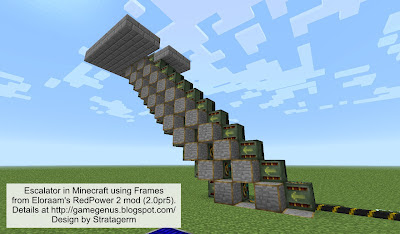In the piece EFF explains the concept of "first sale":
…once you've acquired a lawfully-made CD or book or DVD, you can lend, sell, or give it away without having to get permission from the copyright owner. In simpler terms, "you bought it, you own it" (and because first sale also applies to gifts, "they gave it to you, you own it" is also true).
Publishers have always hated the first sale doctrine because it reduces their sales, but now with everything moving to digital formats they can act to prevent it. As EFF's piece explains, first sale is under siege because publishers are furiously working to abolish it.
Most gamers are aware of Valve's huge Steam Holiday Sale currently running through January 5th. Deep discounts are the major feature of this annual sale, commonly reaching 50% and often 75% or more.
In addition to buying a number of titles for myself, I also bought a number of gifts for my young relatives. I'd never used Steam for gifts before so I did some research on how it worked. In the process I came across this in the answer to What is a Steam Gift?
Also note that you may only gift new purchases—you may not transfer games you already own. That’d be like wrapping up and presenting the toaster you’ve used every morning for the past year.
Here we have a clear example of first sale being under siege. But more disappointing than Valve being the perpetrator is that the used toaster analogy is wrong and Valve knows it.
Of course real world items such as toasters show signs of wear as the result of being used. Toasters, in particular, readily show wear and accumulate crumbs and other dirt. Obviously a used toaster is less valuable than a new one of the same make and model.
Not only do digitally-distributed games not wear out, an infinite number of copies can be made of the original download. So the sentence should read "That’d be like wrapping up and presenting a clone of the toaster you have, in its original brand new state." But an accurate analogy wouldn't support Valve's argument.
If Valve permitted the gifting of used games it would incur costs both in processing the gift transaction and the bandwidth consumed by the recipient downloading the gift. Valve isn't concerned with recouping those costs, which are but a tiny fraction of the revenue received from a new sale. It wants to avoid the loss of income from a reduction of new sales.
Valve has been called out on this before; one instance is this November, 2011, thread on the Steam Users' Forums called Used toaster analogy is no good in this economic climate. As user puffincat points out, Valve could simply be honest about not wanting to suffer the lost sales.
In using an analogy that it knows to be inaccurate, Valve seeks to mislead its customers. This example shows that even a beloved company such as Valve is not above occasional shameful behavior.
[Update 12/28 15:03] Valve's broken analogy is not a mistake; it's broken for the purpose of shaping consumer behavior. Consider the other two ways Valve could have treated the analogy:
- It could have replaced the analogy with an honest admission that Valve and the other publishers think that their sales will be higher by prohibiting the gifting or resale of used games.
- It could have omitted the analogy, and prohibited gifting used games without any explanation.
That’d be like wrapping up and presenting the toaster you’ve used every morning for the past year.
Can you spot the subtle manipulation in this statement? It creates the idea of being someone so stingy that they'd give a used toaster as a gift. Most people will reject this idea since they don't wish to appear to be a cheapskate. This natural reaction to a concept most people find repellent serves to shape consumer behavior to Valve's benefit—gifting only new games.
There's a word that perfectly describes the inaccurate analogy:
propaganda, noun Information, esp. of a biased or misleading nature, used to promote or publicize a particular political cause or point of view.
Thanks to the commenters on Reddit who caused me to think further about the analogy and the point I'm making with this piece.
















